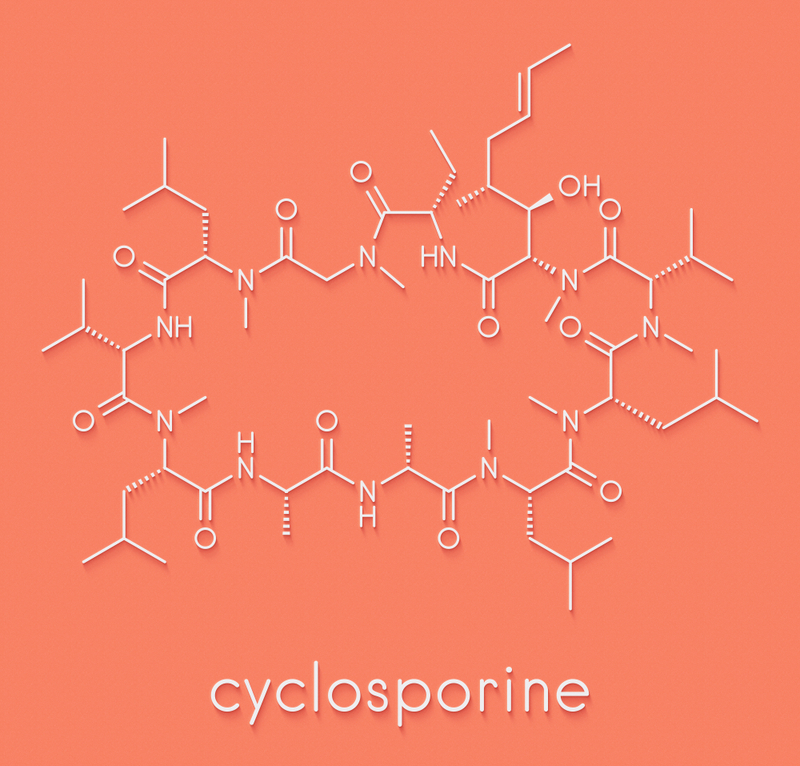Cyclosporine benefits patients through more rapid remission of proteinuria in lupus nephritis
Annual European Congress of Rheumatology (EULAR 2019) Press Release Jun 14, 2019
The results of a study presented on 12th June at the Annual European Congress of Rheumatology (EULAR 2019) suggest maintenance therapy with cyclosporine (CYA) results in more rapid remission of proteinuria compared to mycophenolate mofetil (MMF) or azathioprine (AZA) in patients with lupus nephritis. The efficacy of CYA, MMF and AZA in obtaining and maintaining remission of lupus nephritis (LN) is comparable over the long term.

“Our study is the first to compare these three drugs as maintenance therapy in the long term,” said Lorenza Maria Argolini, Rheumatology Consultant of the Lupus Clinic, ASST Pini CTO, Milan, Italy. “Of interest are the results achieved in the CYA group where, despite worse clinical conditions at the beginning of maintenance therapy, we observed a rapid achievement of remission in the great majority of patients.”
The study followed 104 patients with lupus nephritis over 10 years who, after six months of induction therapy, received maintenance therapy of either CYA, MMF or AZA (32, 36, and 36 patients respectively). At the beginning of maintenance therapy complete, partial and no response rates were 28.2%, 59.3%, and 12.5% in CYA, 50%, 44.5% and 5.5% in MMF and 38.8%, 55.2% and 6% in AZA group. At one year, after six months of maintenance therapy, in CYA the percentage of patients in complete remission increased to 72% (vs. 64% in MMF and 44.2% in AZA), at five years it was 81.5% (vs. 86% in AZA and 81% in MMF) and 84.5% at 10 years vs. 72% in MMF and 70% in AZA.
“Lupus nephritis is a serious condition requiring early aggressive therapy to achieve remission, however, the type and duration of immunosuppression after achieving response remain a matter of controversy,” said Professor John D. Isaacs, Chairperson of the Abstract Selection Committee, EULAR. “It is great to see these long-term data which will help further our understanding in this complex area.”
Lupus nephritis is inflammation or swelling in the kidneys that stops them working properly. It is a serious complication of systemic lupus erythematosus (SLE), an autoimmune disease that can affect different organs and parts of the body. Treatment often consists of a period of intensive immunosuppressive therapy (induction therapy) followed by a longer period of less intensive maintenance therapy.
This multi-centre retrospective observational study included patients with SLE and biopsy proven lupus nephritis who entered the study either at diagnosis or during a flare. At induction there were no significant differences between the three groups in histological classes at renal biopsy, mean serum creatinine, eGFR and proteinuria, and type of induction therapy. Renal response was measured at one, five, and 10 years and recorded as total response (eGFR>60ml/min and proteinuria <0.5g/die), partial response (eGFR>60ml/min and proteinuria >0.5g/die), or no response (eGFR<60ml/min).
This article is a news release from Annual European Congress of Rheumatology (EULAR 2019) Meeting. Read the original here.
-
Exclusive Write-ups & Webinars by KOLs
-
Daily Quiz by specialty
-
Paid Market Research Surveys
-
Case discussions, News & Journals' summaries